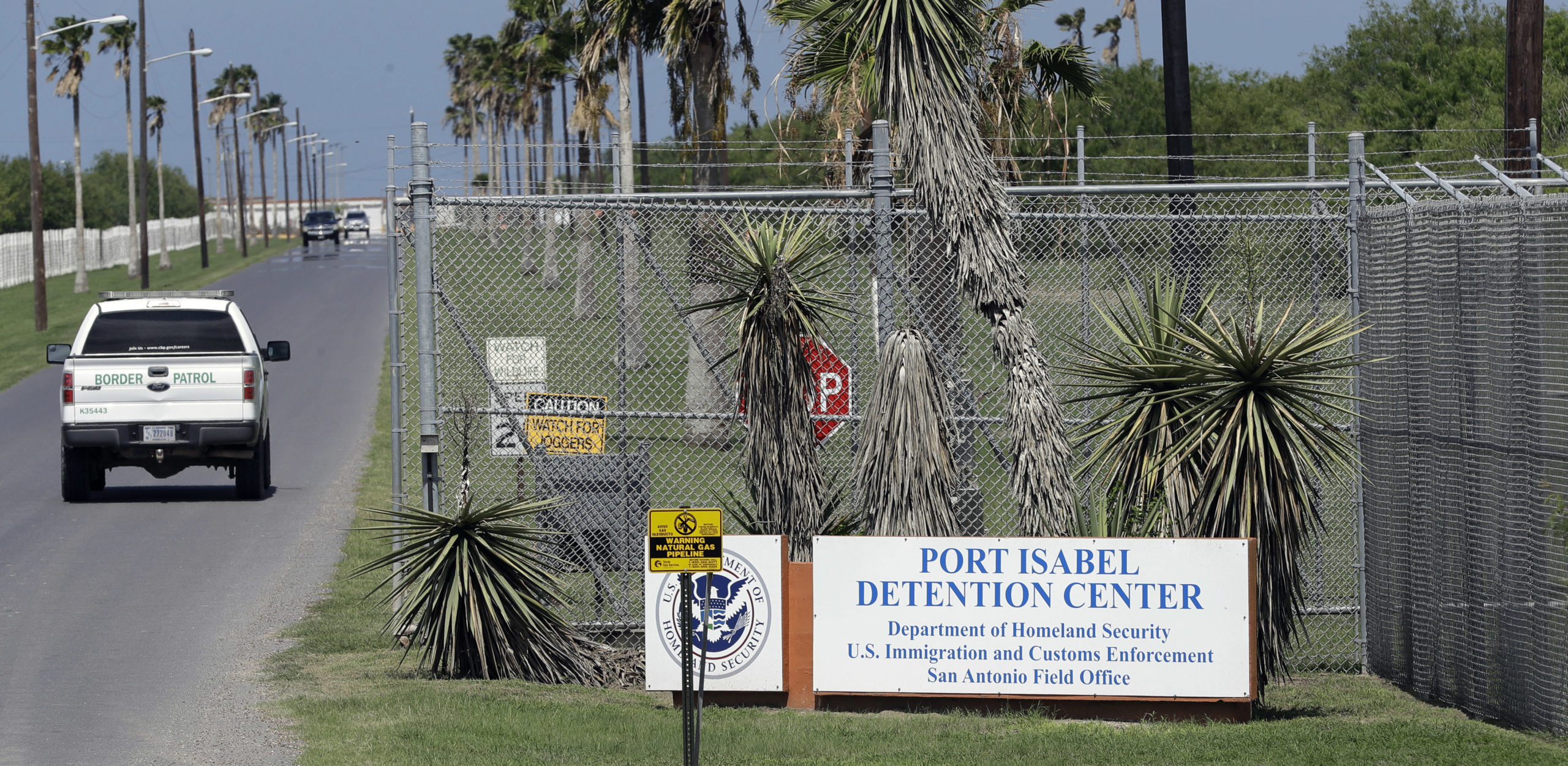
After Years of Working with ‘Ritmo’ Detainees, I Know the Inhumane Facility Doesn’t Deserve a Second Chance
A facility with such horrible history should not be allowed to reopen under the same management.

Above: The Willacy County detention center locked up immigrants in tent-like domes in the scorching heat.
The news that Management & Training Corporation (MTC) plans on reopening its detention center to house immigrants for the Trump administration in Raymondville is revolting to immigrant advocates.
From 2008 to 2010, I directed Texas RioGrande Legal Aid’s Legal Orientation Program at the then-named Willacy County Detention Center, which locked up immigrants in tents in the scorching heat. The center earned the nickname “Ritmo” for similarities to the secrecy and poor conditions at the U.S. detention facility in Guantanamo Bay. Conditions were so appalling that in 2011 U.S. Immigration and Customs Enforcement (ICE) ended its contract with the facility. It was clear the center’s primary concern was profit. Willacy County and ICE should not allow this travesty to recur.
Despite repeated allegations of rape perpetrated by guards who held significant power over detainees, just one former guard was convicted. Other incidents of rape and sexual assault reported to local law enforcement, other employees at the facility and the Office of the Inspector General went largely unpunished. Authorities did convict guards for smuggling in drugs, cell phones and other contraband.

In my years working at the facility, I overheard numerous conversations that made it abundantly clear that many guards had no concept of ICE’s own civil detention standards. Guards apparently viewed the detainees, including many asylum-seekers, as criminals. They treated them that way, too — as though they were deserving of punishment.
Migrants complained of inhumane treatment by both guards and ICE officials. Detainees told us of racial slurs, threats to be thrown in solitary confinement, physical abuse, extreme temperatures and egregious invasions of privacy — guards going through people’s legal papers and sharing very private information, such as rape or domestic violence in the home country, with other guards and detainees. Part of the problem with the facility and the treatment had to do with the quality of staffing. Many guards were paid just over minimum wage.
Each weekday, our staff met with 30 to 50 migrants to provide them with information about their legal rights and how to defend themselves in court. Instead of asking questions about their cases, detainees asked whether and when they would get more food. They complained that their food was cold, and spoiled; even ICE acknowledged finding maggots in the food. They were starving.
The volume and consistency of complaints is something I have never dealt with in 15 years of working with people in ICE custody.
There were other complaints as well. Pay phones, the primary link to the outside world, were often broken, making it extremely difficult for people to speak to their family members and attorneys. Women complained that upon arrival they were issued stained underwear. The cheap, canvas tennis shoes they were forced to wear were also recycled and visibly dirty on the inside from prior wear. MTC was willing to go to great efforts to maximize profits by skimping on essentials.
The volume and consistency of complaints is something I have never dealt with in 15 years of working with people in ICE custody. Complaints were not addressed until the facility began to get a significant amount of bad press in 2009, prompting visits from national organizations like Human Rights Watch and, finally, from Dora Schriro, then-special advisor on Immigration and Customs Enforcement and Detention and Removal. Schriro visited many detention centers used by ICE and advocated for oversight and changes so that immigrant detention was actual civil detention. Some of the most damning complaints were confirmed by a nurse employed at the facility, who was fired after she testified before Congress about inadequate medical care and conditions.
In the past decade, ICE has dramatically increased the number of facilities it contracts with to house its detainees. While it is extremely rare for the agency to end a contract, it did just that in 2011 with MTC’s Willacy Detention Center. That speaks to the horror of the place. All that was before the center reopened with a Federal Bureau of Prisons contract and detainees fed up with the horrid conditions rioted and nearly burned it down, doing so much damage that Willacy was forced to close again.
MTC’s record of complying with ICE’s national detention standards at Willacy is poor. A facility with such horrible history should not be allowed to reopen under the same management. History repeats itself, and if “Ritmo 2” opens, we should expect to see the same inhumanity play out again.


